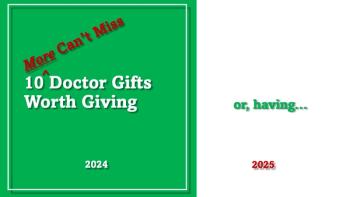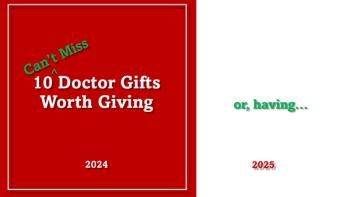
Sailing the River Rhine Part 2: Crossing Time and Borders in Alsace, France
Alsace sits on the edge of France near Germany, and its history is rich with influences from both countries.
The
There’s a Roman presence as well. After the town was rebuilt in the 6th century (from its destruction by Attila) it was given the Latin name “Strate burgum” — literally town of the roads. Its history is less accentuated now that Strasbourg is one of the “instruments” of the European Union, the others being Brussels and Luxemburg, and sometimes Frankfurt. We won’t get into the EU story because it’s told with some asperity by some European guides who appear to resent the favoritism the EU has seemingly given its “capitals.”
As we board the Strasbourg by Canal cruise arranged by Uniworld and head into the “European Quarter,” where all the pan-European institutions are housed, we can hear the pride in the local guide’s voice when she talks about
The canal cruise is delightful. It is not always clear whether we are on the canal network of the town or on the River Ill itself, one of the tributaries of the Rhine. Does it matter? We are seeing the heart of Strasbourg.
We have given up trying to decide whether the medieval architecture we see from the canal is French or German. It is too similar. This is a land marked by its geography not national politics.
Once the canal cruise is over we take a walking tour of Strasbourg through the German Quarter past most of the interesting places in town. There is also free time in town for which visitors might want to search for one of the many GPS walking maps available, some like
Everyone in town seems to be walking. You may as well join them. A sign brings you to the 1907 Musee Alsacien that shows what life was like in Strasbourg many years ago. The barrel was donated in 2000 by the winemakers of the Couronne d’Or vineyards of Strasbourg who also planted the vines on the left of the bottom right image.
It’s short walk to the Place Gutenberg named after Johannes Gensfleisch Gutenberg, the printer who was born in Mainz in Germany, 125 miles to the North farther up the Rhine. Our article on him and on German wine can be seen
Place Gutenberg
Your walk will ultimately follow the crowd and take you to the
The Cathedral was built over a period of 4 centuries (1015-1439).
There are so many museums in Strasbourg that TripAdvisor offers information on its Top Ten of the city’s 17. Try and include a visit to the Strasbourg History Museum which is free and much larger than it looks.
Top.Museums: Museum of Fine Arts. Museum of Modern and Contemporary Art. Lower image is part of a large painting of the Formal Entrance of the Emperor Sigismond in Strasbourg in 1414 by Leo Schnug, an artist born near Strasbourg in 1878 who specialized in massive historical events until his “documented alcoholic dementia” put his artistic skills in decline. Author image published courtesy of Strasbourg History Museum. Physicians wishing to know more about Schnug’s neurological illness click
Today goodbye France, tomorrow Hello Germany.
To view and share these photos on Facebook, click on our gallery below:
Photos from Eric and Nancy Anderson's latest travel column. To read the story, click here:...
Posted by
Photography by the authors.
The Andersons, who live in San Diego, are the resident travel & cruise columnists for Physician's Money Digest. Nancy is a former nursing educator, Eric a retired MD. The one-time president of the New Hampshire Academy of Family Physicians, Eric is the only physician in the Society of American Travel Writers. He has also written five books, the last called
Newsletter
Stay informed and empowered with Medical Economics enewsletter, delivering expert insights, financial strategies, practice management tips and technology trends — tailored for today’s physicians.








